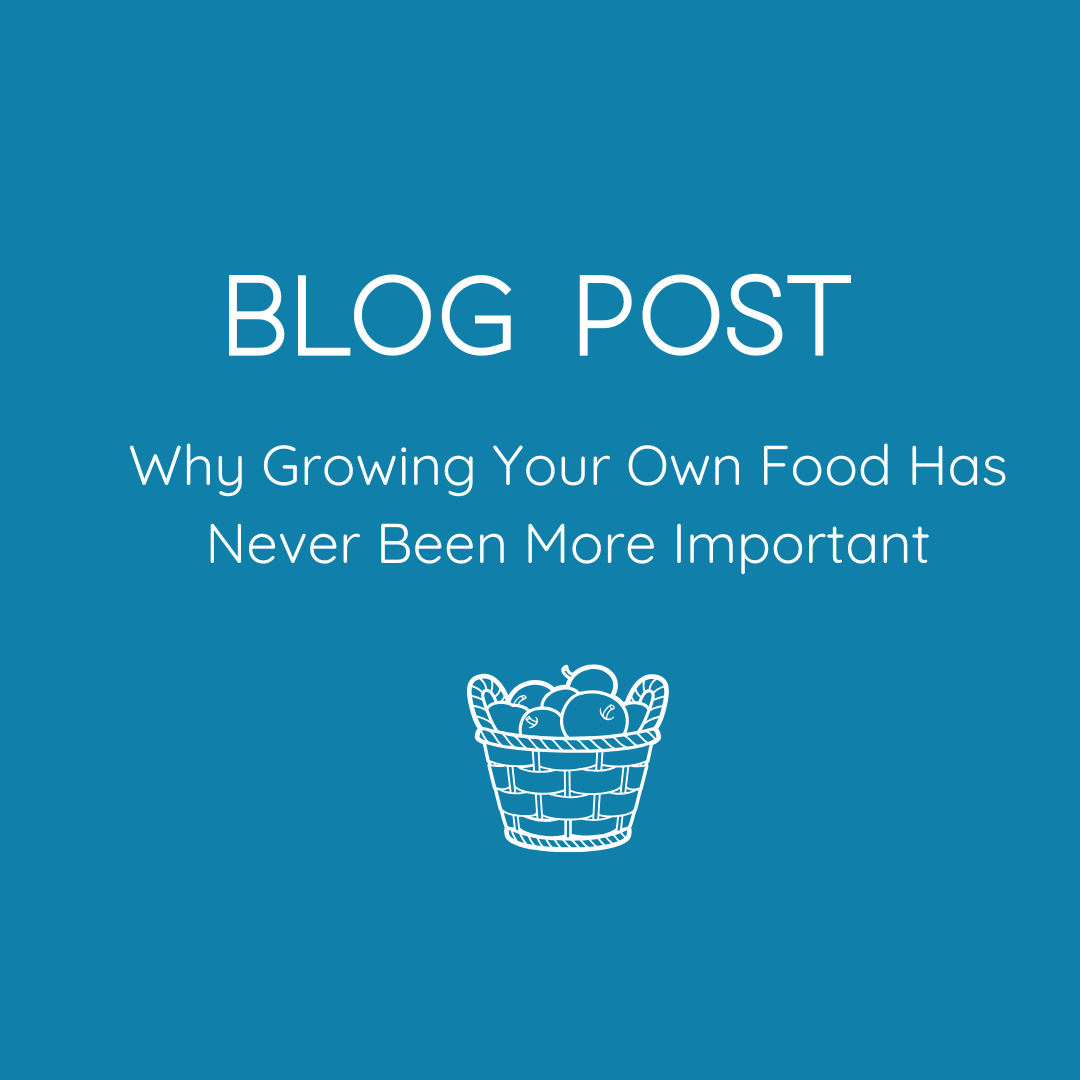Marrows might look intimidating at first glance, but these versatile vegetables deserve a place in every garden and kitchen. Whether you’re a seasoned gardener or just starting out, marrows offer an excellent way to enjoy homegrown produce with minimal fuss and maximum reward.
These impressive vegetables belong to the same family as courgettes, but marrows are simply courgettes that have been left to mature fully. You can harvest them as tender baby marrows or let them grow into substantial vegetables that can feed a whole family. Once you discover how easy marrows are to grow and how many ways you can use them, you’ll wonder why you haven’t been growing them already.
What Are Marrows?
Marrows (Cucurbita pepo) are large, elongated vegetables that belong to the gourd family. These summer squashes are essentially mature courgettes that have been allowed to develop their full size and develop a thicker, more robust skin.
You can choose from several popular varieties when planning your marrow patch. The traditional Long Green Trailing variety produces classic dark green marrows with pale striping. For something different, try Long White Bush, which creates cream-coloured fruits on compact plants perfect for smaller gardens. Table Dainty offers smaller, more manageable marrows that are ideal for family meals.
Bush varieties stay compact and work well in containers or small spaces, while trailing types need more room but often produce larger crops. Both types will give you excellent results with the right care.
Where Marrows Come From
Marrows have their roots in Central and South America, where indigenous peoples cultivated various squash varieties thousands of years ago. European explorers brought these plants back in the 16th century and they quickly became popular across the continent.
The marrow variety we know today was developed in Britain during the Victorian era. British gardeners selectively bred these plants to create the large, tender vegetables that became staples in cottage gardens and allotments. The tradition of growing massive marrows for competition also emerged during this period, leading to the development of varieties capable of producing truly enormous fruits.
How to Grow Marrows Successfully
Growing marrows is straightforward once you understand their basic needs. These plants thrive in warm, sunny conditions with rich, well-drained soil.
Starting Your Plants
Begin by sowing seeds indoors during late April or early May. Plant two seeds per small pot, about 2cm deep in seed compost. Keep them warm on a windowsill or in a heated propagator. Once the seedlings emerge, remove the weaker one and continue growing the strongest plant.
Alternatively, you can sow seeds directly outdoors once the soil has warmed in late May or early June. This method works well if you don’t have space for indoor seed starting.
Preparing Your Growing Space
Marrows need rich, fertile soil that drains well but retains moisture. Dig plenty of well-rotted compost or manure into your planting area before transplanting your seedlings. Choose a sunny, sheltered spot that receives at least six hours of direct sunlight daily.
Space bush varieties about 90cm apart, while trailing types need 120cm between plants. If you’re growing trailing marrows, consider training them up strong supports or letting them sprawl across the ground with straw mulch underneath the developing fruits.
Ongoing Care
Water your marrow plants regularly, especially during dry spells. Apply water directly to the soil around the base rather than over the leaves to prevent fungal problems. A good mulch of straw or compost helps retain moisture and suppress weeds.
Feed your plants every two weeks with a balanced liquid fertiliser once they start flowering. This extra nutrition supports the development of larger, healthier fruits.
Nutritional Benefits of Marrows
Marrows provide excellent nutritional value while being naturally low in calories. A 100g serving contains only 17 calories, making marrows perfect for healthy meal planning.
These vegetables offer good amounts of vitamin C, which supports your immune system and helps with iron absorption. You’ll also get vitamin A for eye health, plus useful amounts of potassium for heart and muscle function.
The high water content in marrows helps with hydration, while their gentle fibre supports digestive health. Unlike some vegetables, marrows are naturally mild and rarely cause digestive upset, making them suitable for most people’s diets.
Storing and Preserving Your Marrow Harvest
Fresh marrows keep well when stored properly. Harvest them when they sound hollow when tapped and have developed a hard skin that resists fingernail pressure. Cut them from the plant with a sharp knife, leaving about 5cm of stem attached.
Store whole marrows in a cool, dry place with good air circulation. A garage, shed, or spare room works perfectly. Properly stored marrows can last for several months, providing fresh vegetables well into winter.
For longer-term storage, you can preserve marrows in several ways. Cut them into chunks and freeze them for use in soups and stews. You can also make marrow chutney, which preserves the harvest while creating a delicious condiment for cheese and cold meats.
Pickled marrow makes an excellent addition to your pantry. Cut young, tender marrows into strips and pickle them in vinegar with spices for a tangy accompaniment to meals.
Delicious Ways to Cook and Eat Marrows
Marrows adapt to many cooking methods and flavour combinations. Their mild taste means they absorb other flavours beautifully while adding substance to meals.
Stuffed marrows create impressive centrepiece dishes. Cut the marrow in half lengthways, scoop out the seeds, and fill with a mixture of minced meat, rice, herbs, and vegetables. Bake until tender for a complete meal that feeds several people.
Marrow curry transforms this humble vegetable into an exotic dish. Cut marrows into chunks and simmer with coconut milk, curry spices, and vegetables for a warming, nutritious meal.
Try marrow fritters for a simple side dish. Grate raw marrow, mix with flour, egg, and seasonings, then fry spoonfuls until golden. These make excellent accompaniments to main courses.
Marrow soup provides comfort food that’s both healthy and filling. Combine chunks of marrow with onions, herbs, and stock, then simmer until tender before blending smooth.
Creative Crafts and Alternative Uses for Marrows
Beyond the kitchen, marrows offer numerous creative possibilities that make use of their unique properties.
Bird feeders can be made by cutting holes in dried marrow shells and filling them with seeds. These natural feeders decompose harmlessly in your garden while supporting local wildlife.
Decorative lanterns showcase the natural beauty of marrows. Carve patterns into the skin and place battery-operated tea lights inside for autumn displays.
Garden planters work well for small plants. Hollow out marrows and use them as biodegradable containers for herbs or flowers.
Children’s craft projects benefit from marrows’ workability. Let kids paint them, carve simple designs, or use them as bases for seasonal decorations.
Compost accelerator comes from marrow waste. Chop up any unused portions and add them to your compost heap, where they break down quickly and add valuable nutrients.
Wildlife habitat benefits from leaving some marrows in quiet garden corners. As they decompose, they provide shelter and food for beneficial insects and small creatures.
Seed saving allows you to grow marrows year after year. Remove seeds from mature fruits, clean and dry them thoroughly, then store in paper envelopes for next season’s planting.
Natural bowls can be carved from large marrow shells for temporary outdoor use during garden parties or harvest celebrations.
Plant supports made from strong marrow stems can be used as natural garden canes for supporting smaller plants.
Making the Most of Your Marrow Growing Journey
Growing marrows opens up a world of possibilities for your garden and kitchen. These reliable, productive plants reward minimal effort with generous harvests that can feed your family and provide materials for creative projects.
Start small with just one or two plants to gain experience, then expand your marrow growing as you discover which varieties work best in your garden. Remember that even gardening beginners can achieve success with marrows, as these forgiving plants tolerate minor mistakes while still producing good crops.
Keep a garden journal to track which varieties perform best and note any growing tips you discover along the way. This information becomes invaluable for improving your results each season.
Further reading: How to Start Your Own Vegetable Patch, No-Dig Gardening







